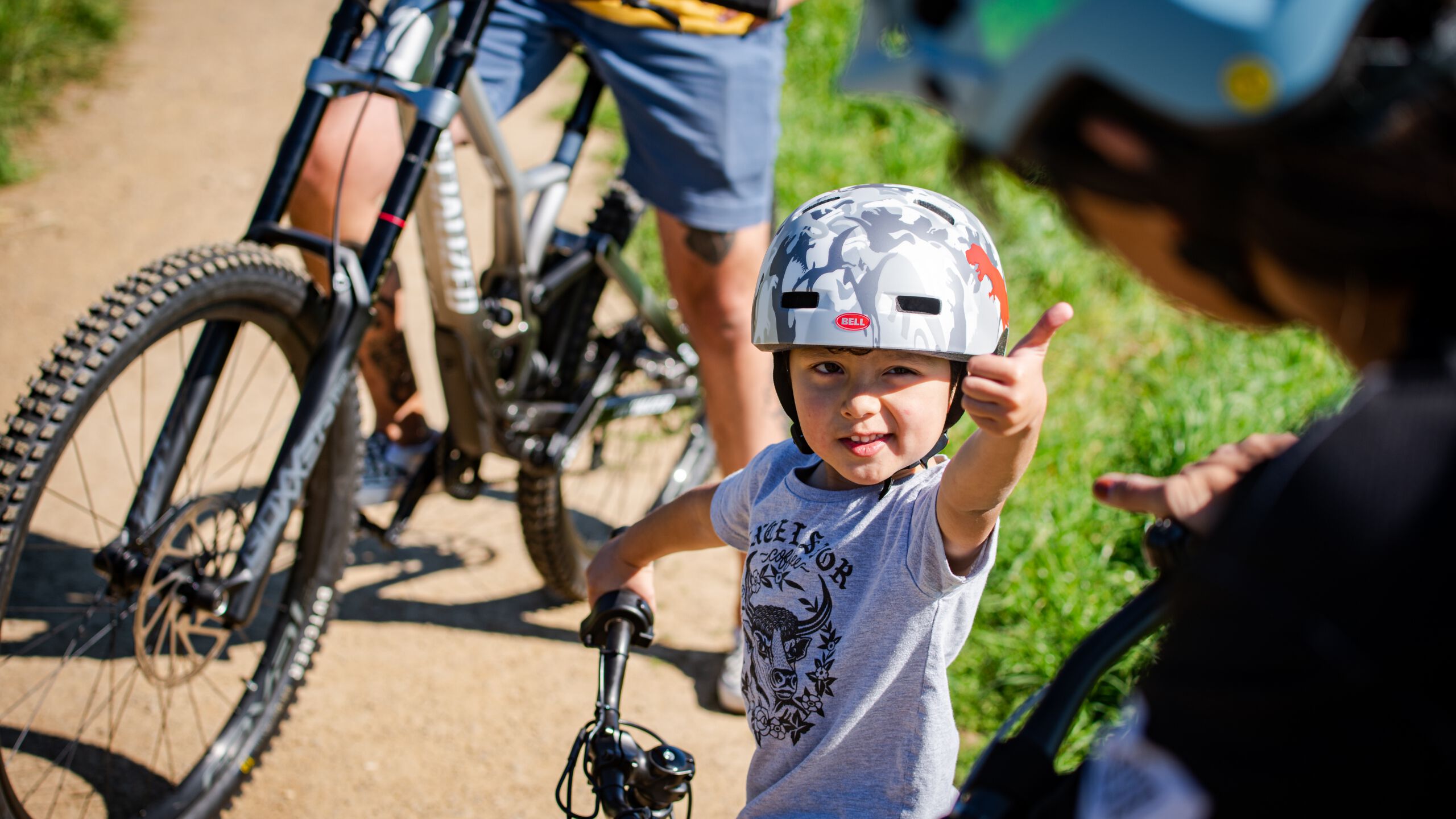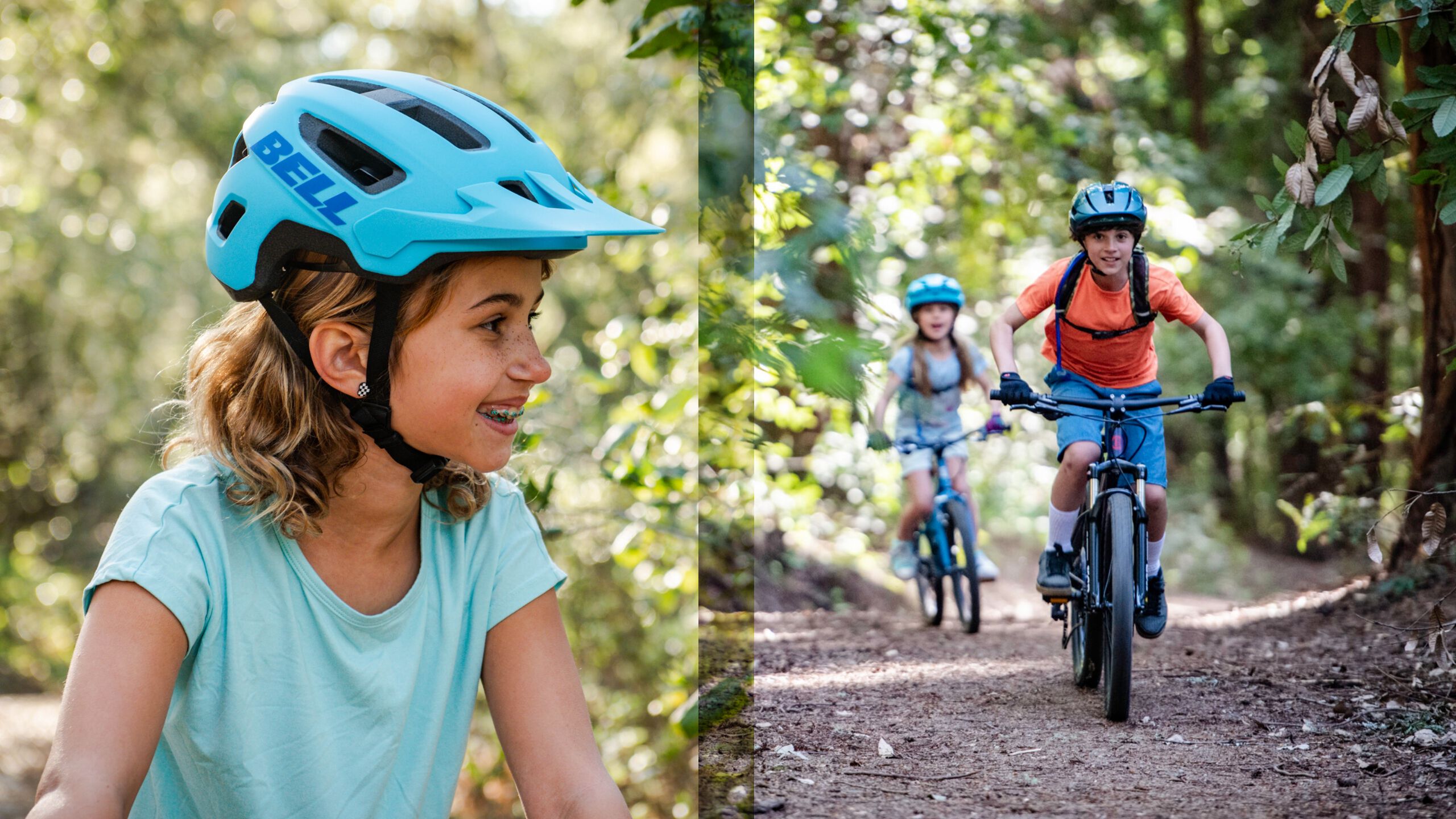
Guide to Buying Your Child a Helmet
While two-wheels is one of the most exhilarating ways to roam through life, it’s important to take precautions in ensuring that roaming is done safely – especially if it’s your child. And as a new school year kicks off, and your groms begin riding their bikes to class or hitting the mini track on the weekend, it can be tricky finding the best helmet to keep them safe.
Don’t fear – our team of helmet experts are here to help! Here are three tips to finding the best helmet for your child.
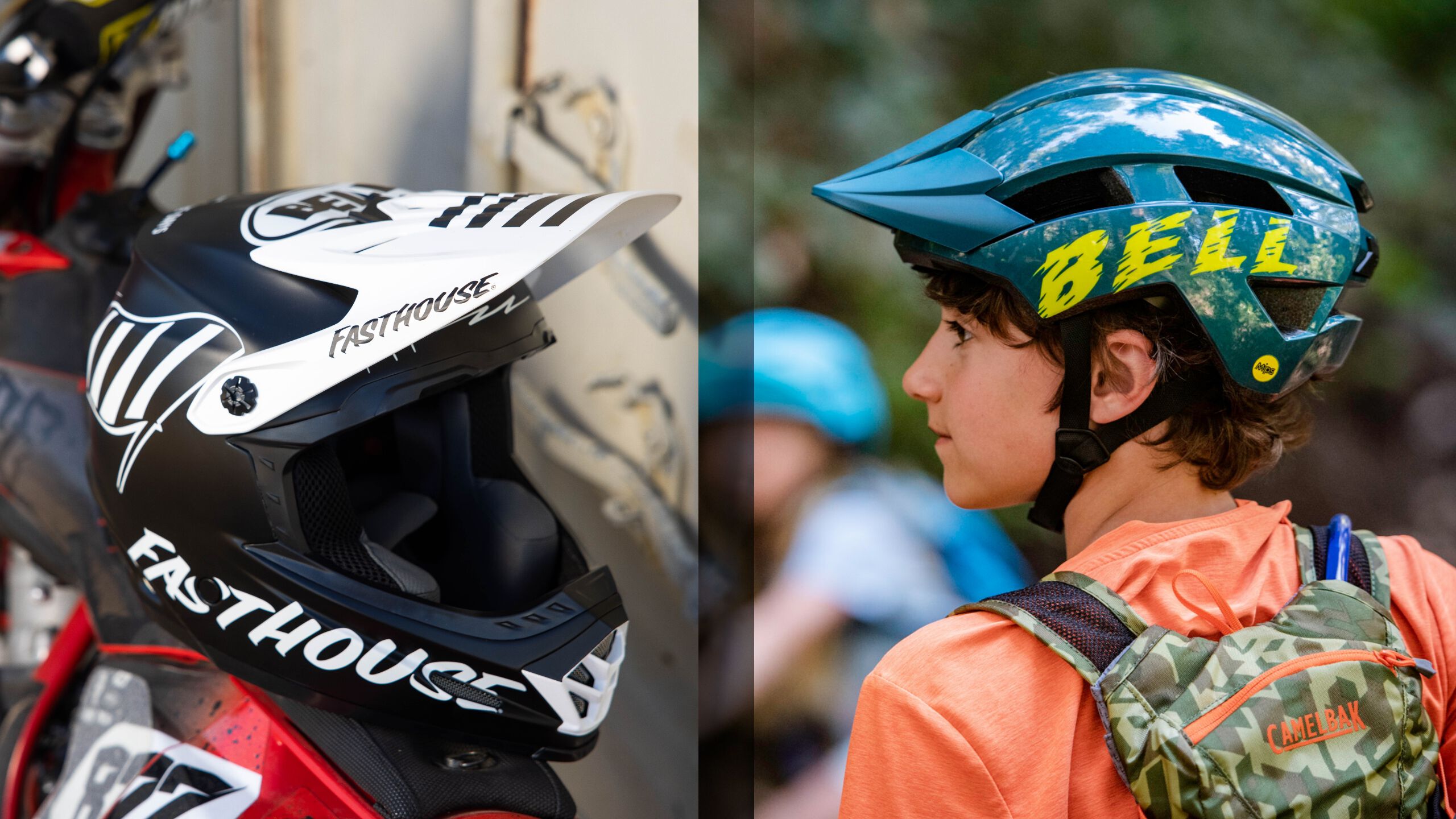
1. Find your style:
First off, what type of riding is your child doing? Are they hitting the mtb trails or they going to school? From BMX to moto, we offer a wide array of helmets that fit your child’s style and type of riding they love to do.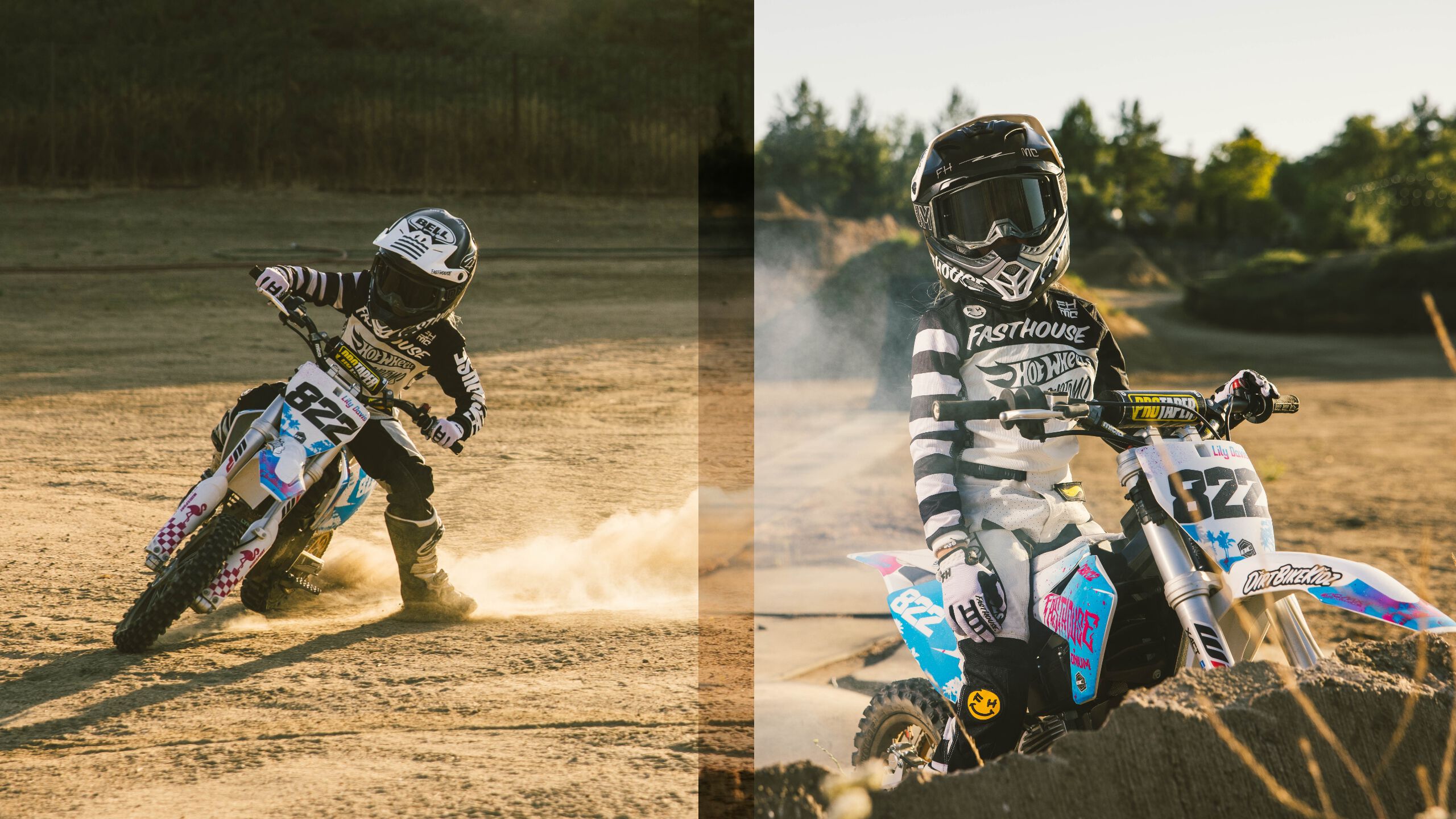
Moto
The Moto-9 Youth Mips is our go-to moto helmet for groms interested in riding at the local track or exploring off-road trails. This lid offers full-grown protection in a youth-sized package. Sharing the same DNA as the adult version, the Moto-9 Youth Mips uses a lightweight Tri-Matrix shell and Mips for additional rotational energy management in some impacts.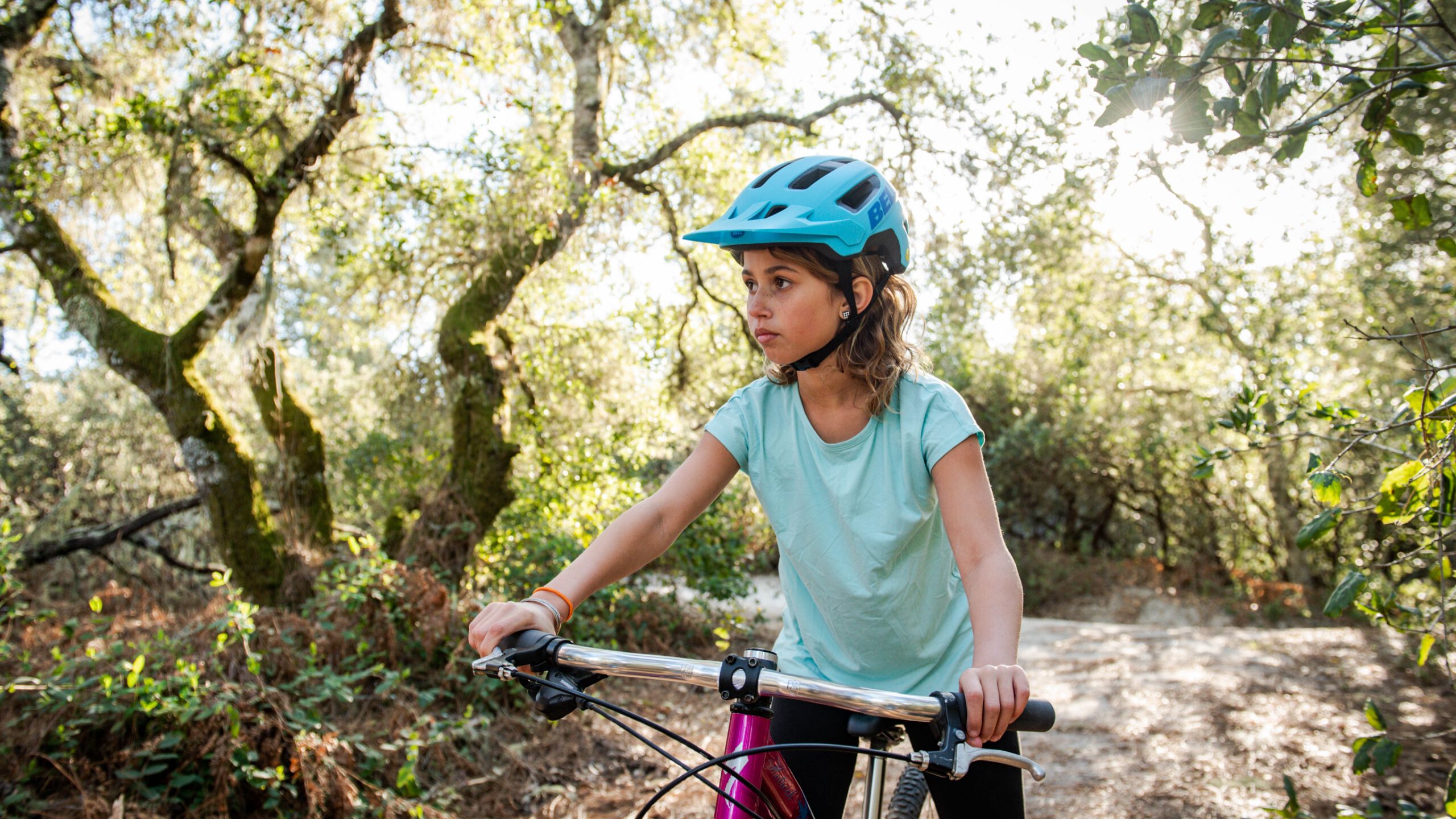
MTB
Is your child wanting to push their limits on a mountain bike? The Sanction 2 DLx might just be for them, and is a great entry-level helmet to get them comfy off-road!Skate or BMX
If your child wants to turn heads at the skatepark, while taking advantage of Bell’s strong reputation in protection and performance, go big with the Span. This lid shows up on the scene with a modern twist on skate and BMX style. The fit is tight and right, and with a dial-adjustable fit system, this thing is staying put, no matter how rad you get.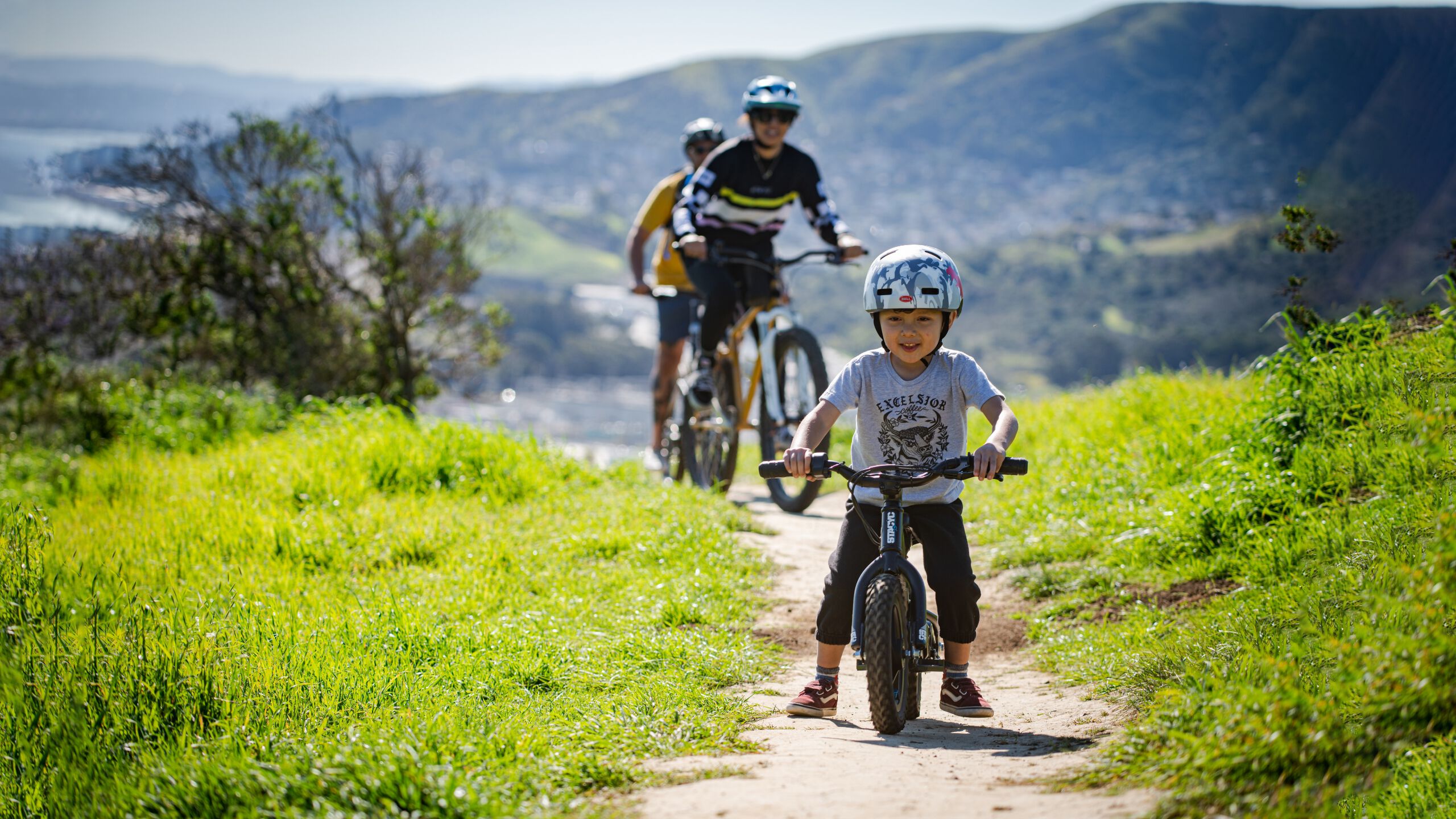
Road
Hit the road in style with the Lil Ripper. Whether they are enjoying a neighborhood stroll, or balancing on their own two wheels, your youngest shredders can ride in style and safety with the Lil Ripper.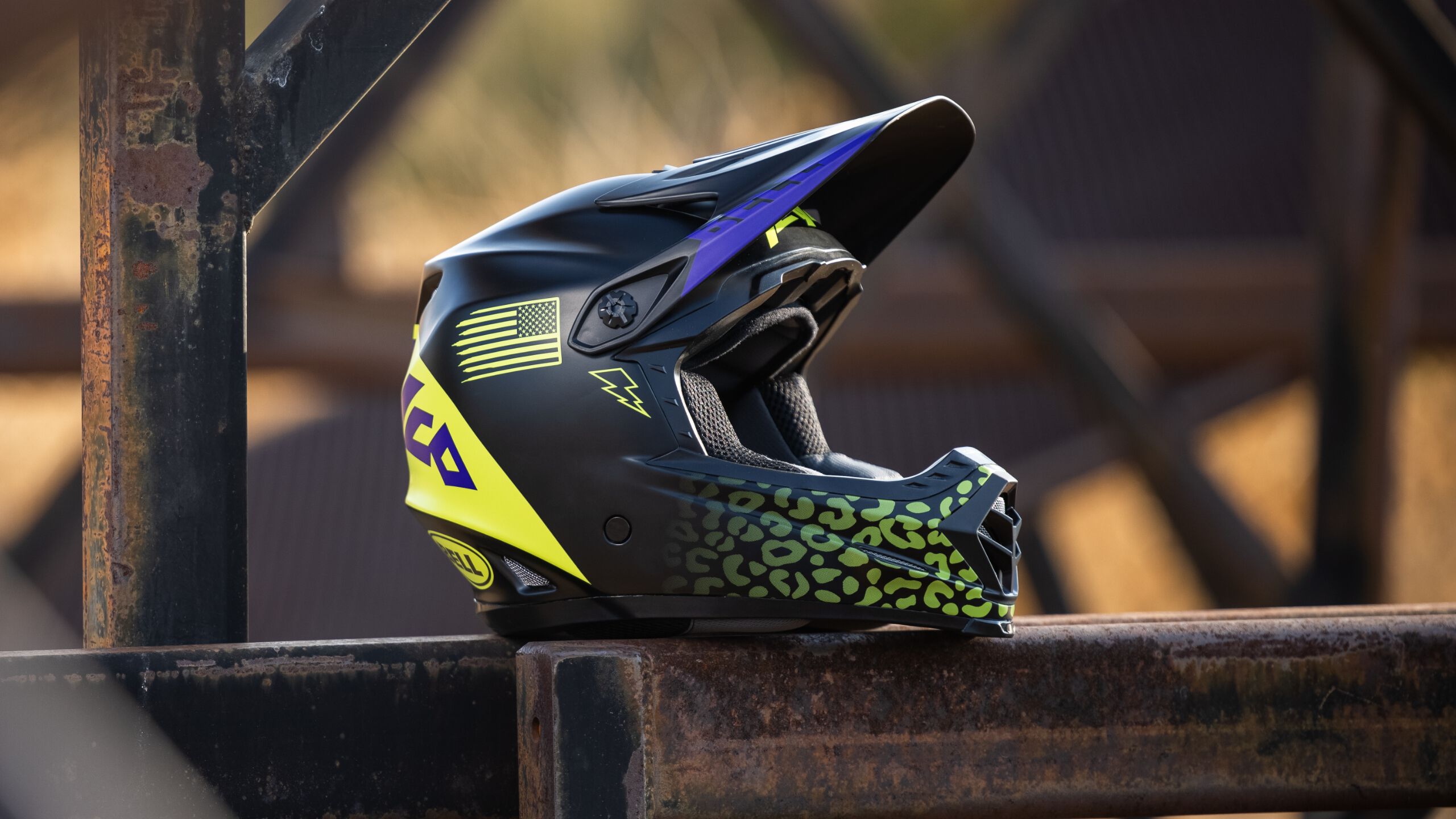
When choosing a motocross helmet, ensuring a snug fit is crucial for optimal safety and comfort. A well-fitted dirt bike helmet should not turn or shift once the chin strap is tightened, guaranteeing that the helmet stays in place during intense rides. Look for a helmet that is well-balanced to prevent any uncomfortable drag on your head, which can affect your control and concentration. The balance of a motocross helmet depends on its construction and how well it fits your head shape. Trying out different helmets is essential to find the perfect fit. Motocross helmets offer more than just impact protection; they come with a visor to shield your eyes from the sun, branches, mud, and dust kicked up by other riders. These helmets are designed with a comprehensive structure, including a chin guard for full-face protection, and typically feature a larger eye space to accommodate goggles.
2.Find your fit:
Sizing is key to ensure your helmet fits your child safely. Here are tips to finding what size helmet your child should get for both moto and bike:How To Measure For A Moto Helmet
You can use a fabric measuring tape, string, or a shoelace that you have at home. Here's what to do: Wrap the string around your head, measuring one inch above your eyebrows while encircling your head at its widest point. Record the length and compare it to a tape measure or ruler. Afterward, go to the Bell Helmets website and refer to the size guide. Find the number that matches your head measurement; this will determine your shell size.How Should A Moto Helmet Fit?
Now we're going to jump into the cheek pad, which is a super crucial part of fitting a moto helmet. The cheek pads should be tight up against the cheek, but not so tight that you're biting your cheeks and they shouldn't be so loose that you can just wiggle the helmet and have it move around. A nice, snug-fitting helmet is what you're aiming for. Most people are going to be okay with the stock size pad that comes in the helmet, but if you do have a wider or narrower face, you may need to go up or down in cheek pad size. The chinstrap should be snug against your chin. You don't want it to be too loose so that the strap can get over your chin and you don't want it to be so tight that you can't open your mouth. Typically, the width of your finger is a good place to start. You can learn more in our most recent video tutorial on how to fit your motorcycle helmet.